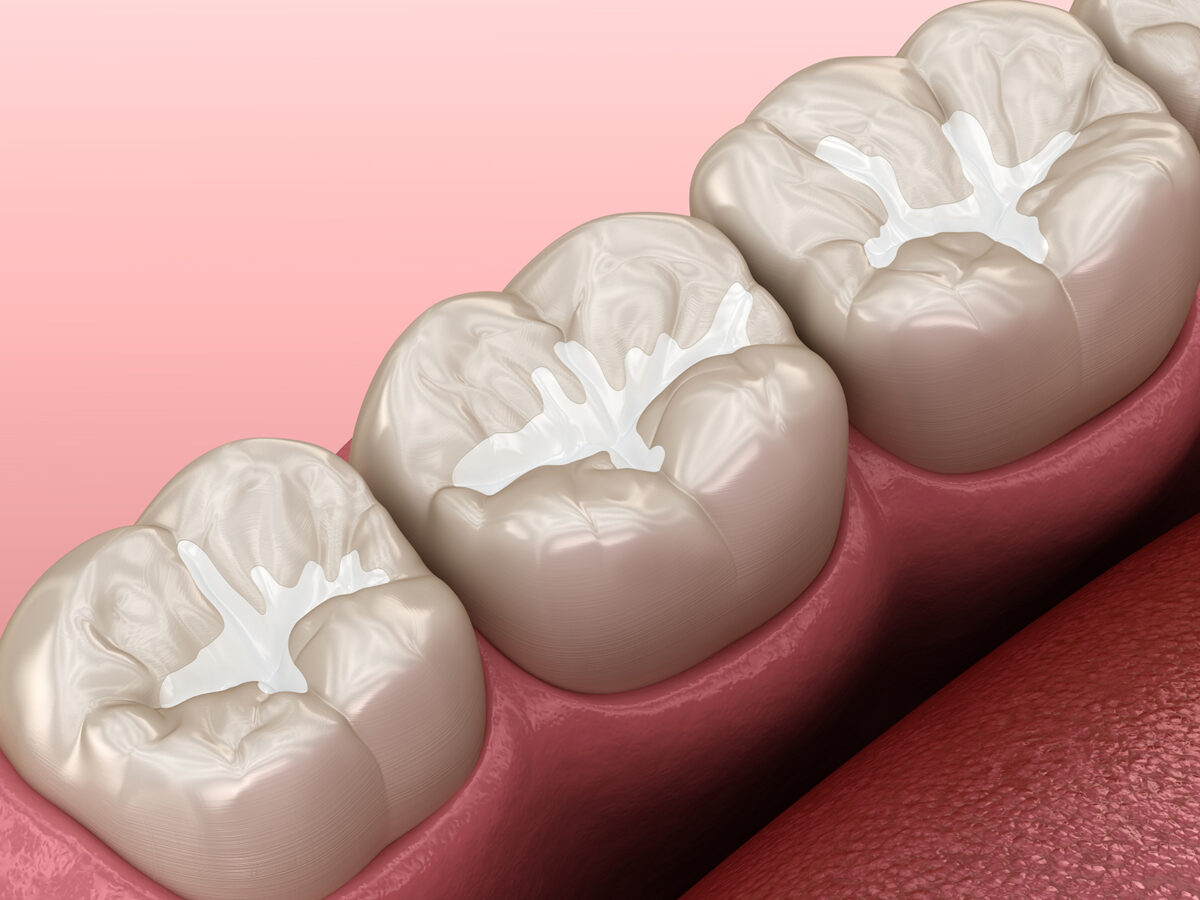Blog
Dental hygiene tips for healthy teeth & gums

How Do You Take Care of Dental Sealants?
When it comes to maintaining healthy teeth, dental sealants are an excellent preventive tool. These thin coatings are applied to the chewing surfaces of molars and premolars to shield them from bacteria and acids that lead to decay.
Dental sealants are effective in protecting your teeth from decay, but their efficacy depends on proper care. This comprehensive guide will delve into the significance of dental sealants and how to maintain them to ensure continued protection.
Understanding the Importance of Dental Sealants:
Dental sealants act as a protective barrier when applied to the grooves and pits of back teeth (molars and premolars), guarding against food debris, bacteria, and acid. Their importance is highlighted below.
- They serve as a preventive measure, safeguarding the chewing surfaces of back teeth from decay.
- Sealants offer a painless and non-invasive solution suitable for both children and adults.
- In the long run, sealants can be cost-effective by preventing tooth decay.
- With proper care, dental sealants can protect teeth for several years.
Immediate Care After Sealant Placement:
- After getting dental sealants, it’s advisable to wait a few hours before consuming tough or sticky foods to allow the sealants to bond properly.
- Continue with your regular tooth brushing and flossing routine. There’s no need to make any special adjustments for the sealants.
Long-Term Tips for Dental Sealants:
- Practice Regular Oral Hygiene: Daily flossing and brushing twice with fluoride toothpaste are essential. While sealants are beneficial, they don’t replace good dental hygiene.
- Use Fluoridated Products: Opt for fluoride toothpaste and consider using fluoride mouthwash. Fluoride strengthens teeth and combats decay.
- Dietary Choices: Reduce the intake of sugary and acidic foods and drinks. Opt for water or milk over sugary beverages.
- Regular Dental Visits: Attend dental checkups as recommended. During these visits, your dentist can assess the condition of your sealants and make necessary adjustments.
- Avoid Damaging Habits: Refrain from habits like nail-biting and chewing on hard objects, which can damage or dislodge the sealants.
Signs of Sealant Wear or Damage:
Regularly inspect your dental sealants for signs of wear or damage. If you notice any of the following, consult your dentist:
- Damaged sealants, such as chips or cracks.
- Worn out or dislodged sealants.
- Cavities or discoloration around the sealant area.
Sealant Replacement:
Over time, you might need to have your sealants reapplied. While sealants can last for years, your dentist will assess their condition during checkups and advise on any replacements.
Consultation with Your Dentist:
Don’t hesitate to discuss dental sealants with your dentist. They can provide personalized advice based on your specific needs.
Dental Sealant Maintenance for Children:
- Dental sealants are particularly beneficial for children. Here are some additional considerations for parents:
- Dental sealants are often applied to protect permanent molars and premolars, which typically emerge between the ages of 6 and 14.
- Parents should regularly inspect their children’s sealants for signs of wear or damage.
- It’s crucial to instill the importance of good hygiene habits in children.
Conclusion:
Dental sealants can effectively protect teeth from decay when maintained properly. They offer a cost-effective and comfortable solution for both children and adults. Regular dental visits and good oral hygiene practices are essential to ensure their longevity. If you have concerns about your sealants, always consult your dentist.


